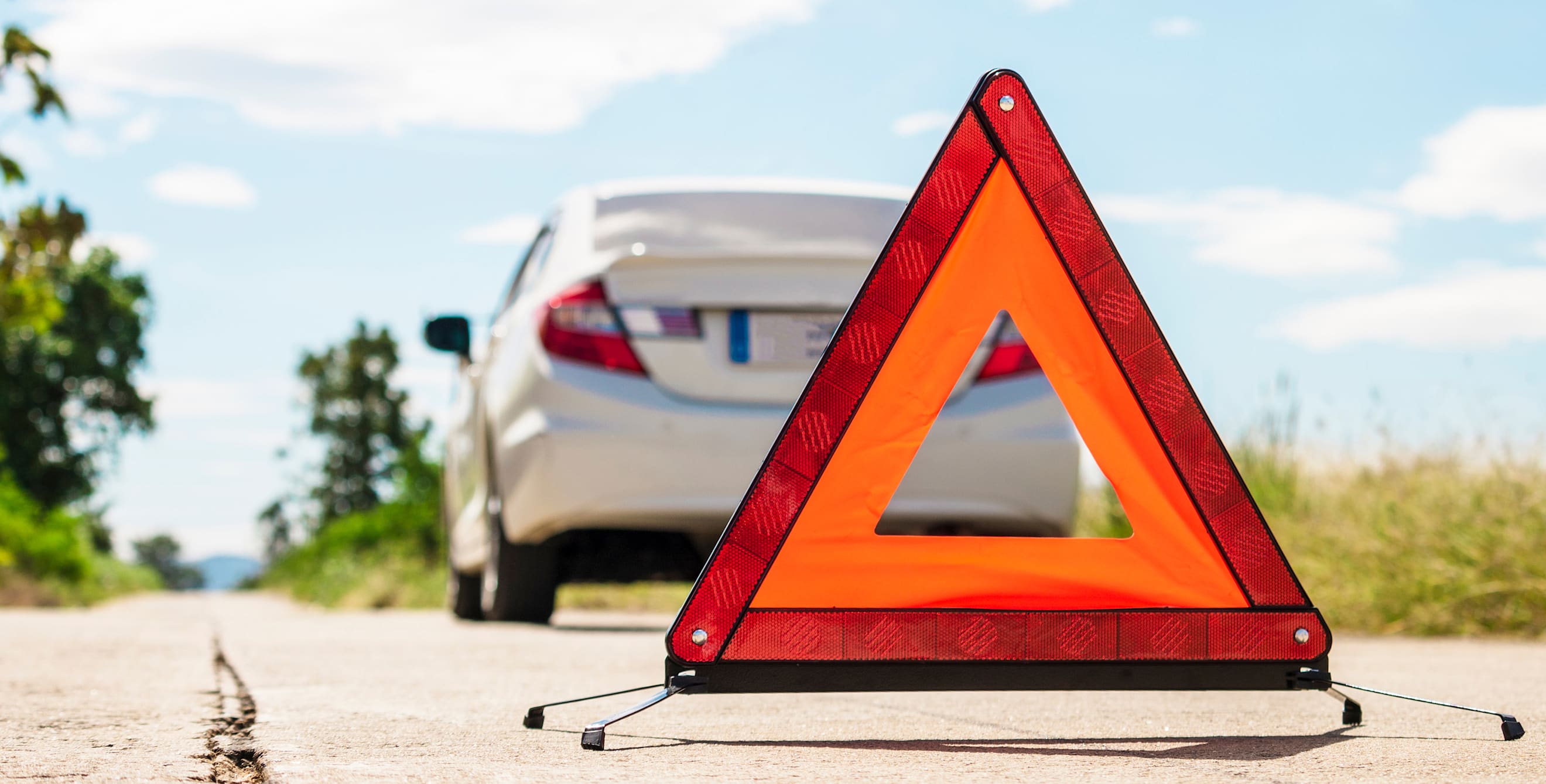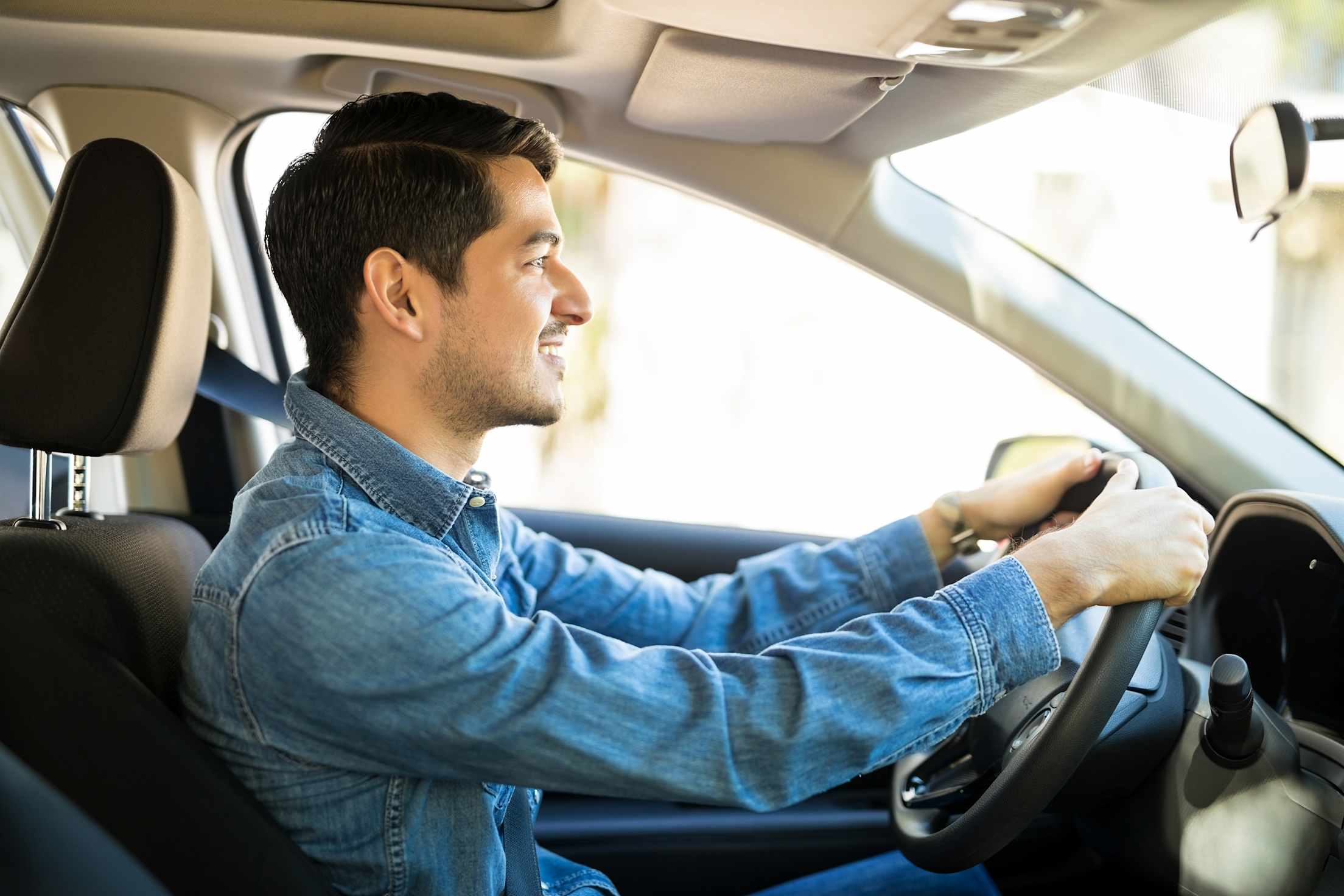
How to Handle Unexpected Situations on the Road
Be prepared for anything while driving by expecting the unexpected.

No one can predict exactly what to do to minimize the effects of an emergency situation, because each one presents different possibilities. But there are ways to prepare yourself for the unexpected.
Vehicle Failures
Regardless of how well you maintain your car, there is always a possibility that it may break down with little or no warning. The most serious vehicle failures are those that affect steering, braking, or engine power. If your vehicle develops mechanical problems when you are driving, your main objective should be to steer safely off the roadway onto the shoulder, then call for help.
Be visible when stopped.
- Set out flares or other high-visibility warning devices such as reflective triangles. When doing so, be very cautious. When positioning any warning devices, you want to alert any approaching vehicles but minimize your personal risk.
- Position warning devices at 100-foot and 200-foot increments behind your car.
- If you do not have flares or triangles but have a passenger, direct the person to walk back 200 feet to 300 feet, stand well off the roadway and signal drivers.
- If you decide you cannot correct the problem, signal for help. Raise the hood and tie a white handkerchief on your antenna, door handle, or side-view mirror, or place it in the window. This signals an emergency situation.
- Remain in your vehicle and call for help.
Call for emergency road service.
Emergency road-service vehicle operators usually can change a flat tire or perform minor repairs on the spot. In addition, many carry gasoline and jumper cables to take care of most vehicle failures.
- If you must be towed to a service garage, first find out whether towing is covered under your automobile insurance, emergency road service program, or auto-club membership.
- Ask where the tow truck will take your vehicle, how many miles away the garage is, and what the towing will cost.
- You may have to arrange transportation, since passengers are not usually allowed to ride in the tow truck.
- Joining an auto club like AAA can give you peace of mind regarding potential emergency situations on the roadway.

Keep both hands on the wheel so you're ready for unexpected evasive steering.
Avoiding Crashes and Emergency Maneuvers
In an emergency situation where you might crash into another vehicle or object, you need to react quickly. You can steer around the object; change your speed, generally by braking; or both steer and change your speed.
Evasive Steering
Aggressive steering may be required in an emergency situation, which is why AAA recommends holding the steering wheel with both hands, at the 9 o’clock and 3 o’clock positions. This method provides:
- 180-degree steering input without removing your hands from the steering wheel.
- A high level of arm leverage and vehicle control.
- An awareness of where the wheels are pointing and how to straighten them.
- Quicker reaction times, making you better able to take evasive action.
Evasive Braking
In some emergency situations, you may be forced to brake because there is no space to the side into which you can steer or because you have failed to identify such a space.
If your vehicle is equipped with anti-lock brakes, all you need do is press the brake pedal and hold it down. The system automatically senses if a wheel begins to lock and quickly releases and reapplies the brakes as many times as necessary to keep the wheel from locking up. You can also continue to steer the vehicle while braking.
If your vehicle is not equipped with anti-lock brakes, the best way to brake under emergency conditions is to use squeeze (or threshold) braking. To squeeze brake, keep your heel on the floor and use your toes to apply pressure on the brake pedal. If the wheels lock, ease off the brake pedal to a point just before they lock. Adjust pedal pressure as necessary. This gives you the best combination of braking effort and directional control.
What to Do After a Collision
Car crashes can happen to even the most experienced drivers, so it’s good to know what to do after a collision. Ensure you have all your bases covered.
- Most importantly, stay calm.
- Make sure you and your passengers are okay and not injured.
- If possible, maneuver your vehicle off the roadway to prevent a secondary crash.
- Alert the appropriate authorities by calling 911 right away.
- Report the incident to your insurance company, regardless of whether you are ticketed or think you are at fault.
- Do not admit fault to anyone. Factually report what occurred only to the police and your insurance company.
- Collect incident information from all parties at the scene, including any witnesses.
- Exchange contact and insurance information with the other driver, and get the names of any passengers as well.
Count on AAA to have your back in any roadside emergency.